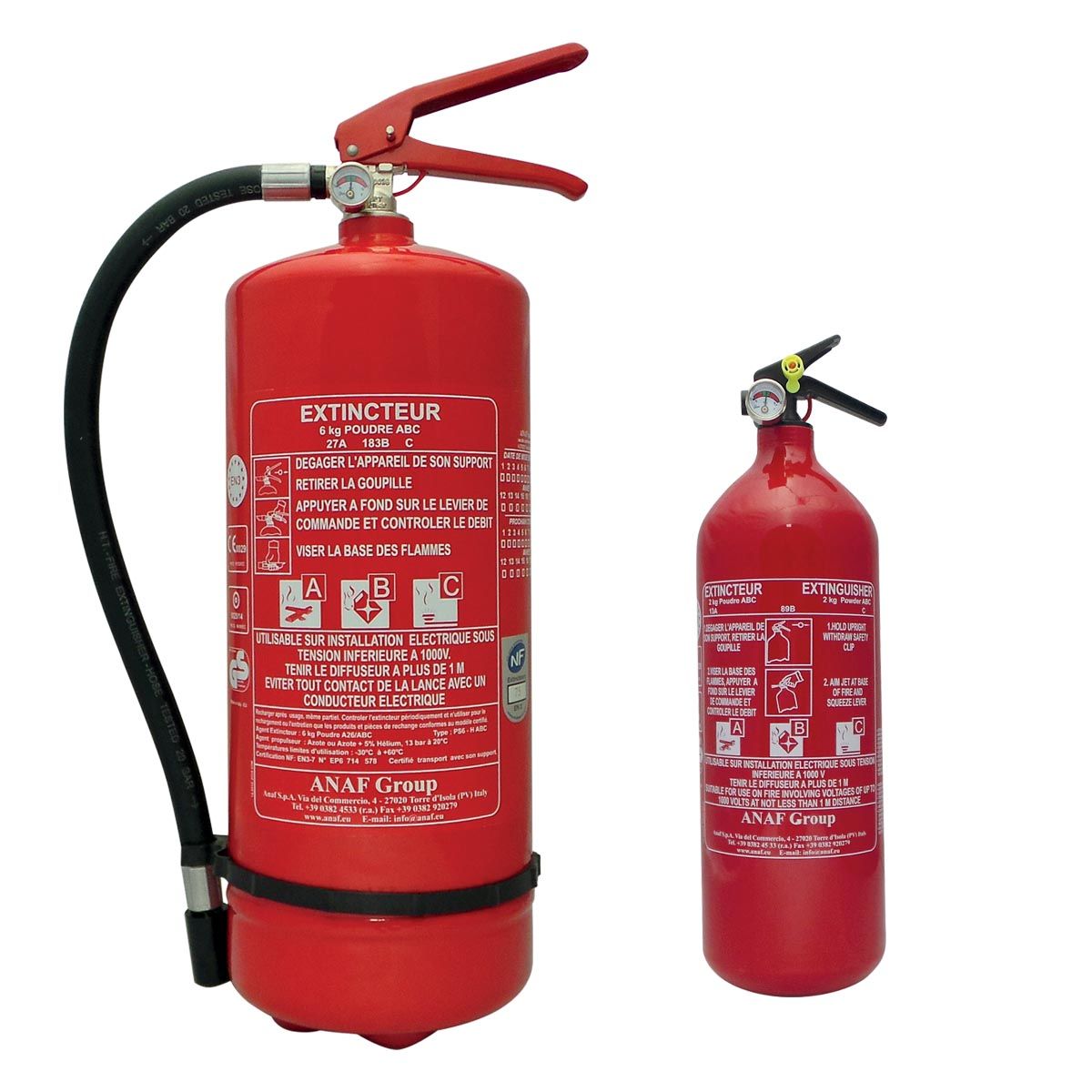
Terpenes' role in plant protection. Four critical functions of
Download scientific diagram | Terpenes' role in plant protection. Four critical functions of terpenes in plant protection: (a) insecticidal role of terpenes, (b) antimicrobial activities of terpenes against rice blast disease and Fusarium head blight, and (c) allelopathy of root exudates of plants. Momilactone B inhibits the growth and development of Monochoria vaginalis. (d) Terpenes indirectly attract natural enemies of pests, e.g., (E)-β-caryophyllene attracts entomopathogenic nematodes on corn root borer. (Structures were drawn and analyzed with ChemDraw software, version 20.0.0.41, and uploaded on BioRender.com to create the illustration). from publication: Biochemistry of Terpenes and Recent Advances in Plant Protection | Biodiversity is adversely affected by the growing levels of synthetic chemicals released into the environment due to agricultural activities. This has been the driving force for embracing sustainable agriculture. Plant secondary metabolites offer promising alternatives for | Terpenes, Biosynthesis and Secondary Metabolites | ResearchGate, the professional network for scientists.
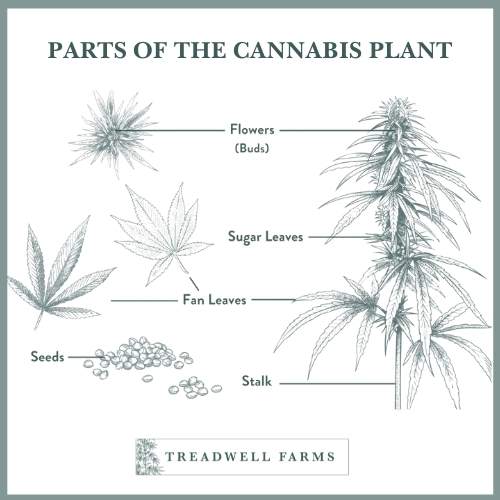
Parts of the Cannabis Plant: Unique Attributes and Uses Abound

What is The Role of Terpenes in Plants? - Finest Labs

Plant terpenes and their observed roles and effects against
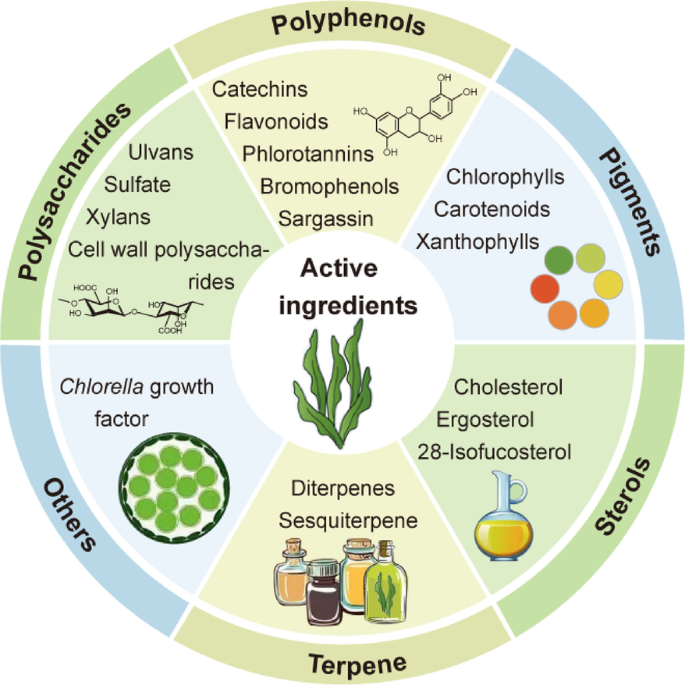
An overview on the nutritional and bioactive components of green
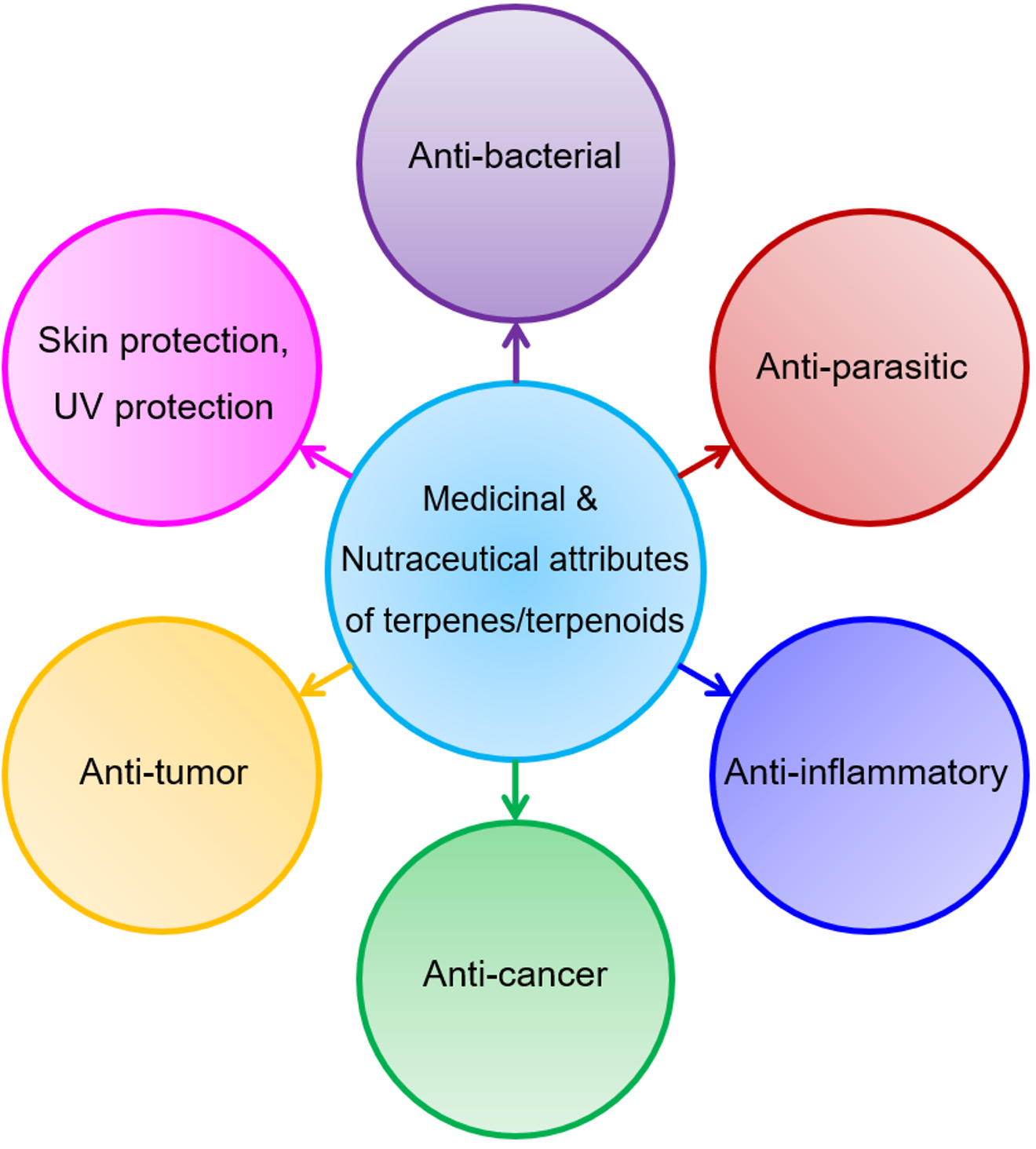
Therapeutic and Biomedical Potentialities of Terpenoids – A Review

Myrcene - The Mother of All Terpenes – True Blue

Mining methods and typical structural mechanisms of terpene
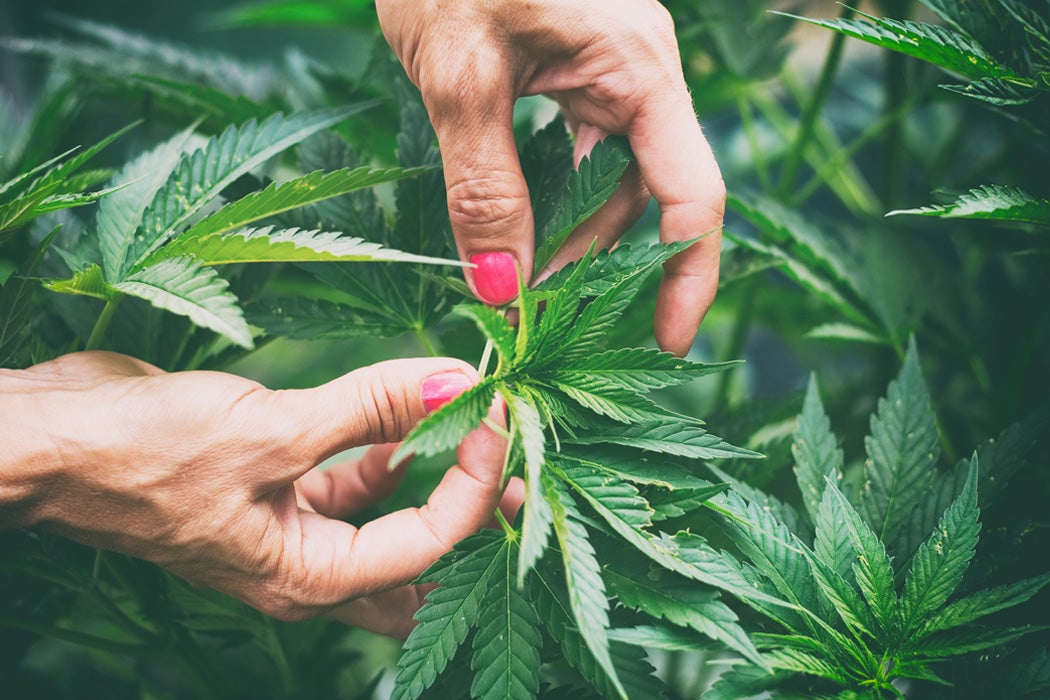
The Environmental Downside of Cannabis Cultivation - JSTOR Daily

Terpenes' role in plant protection. Four critical functions of
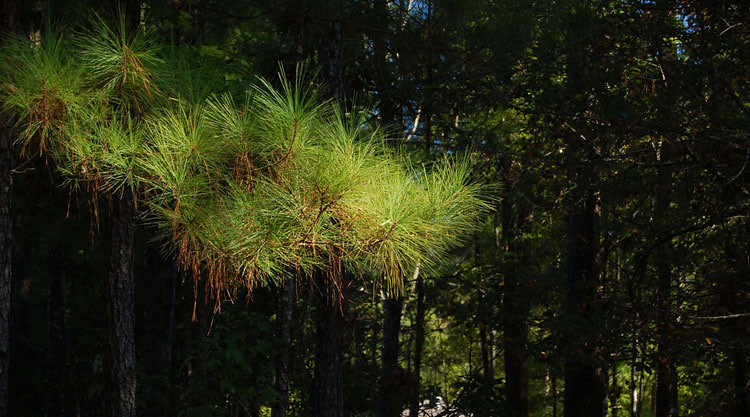
Turning terpenes into sustainable chemical feedstocks

A terpenoid phytoalexin plays a role in basal defense of Nicotiana

Insecticidal Activities of Terpenes.






